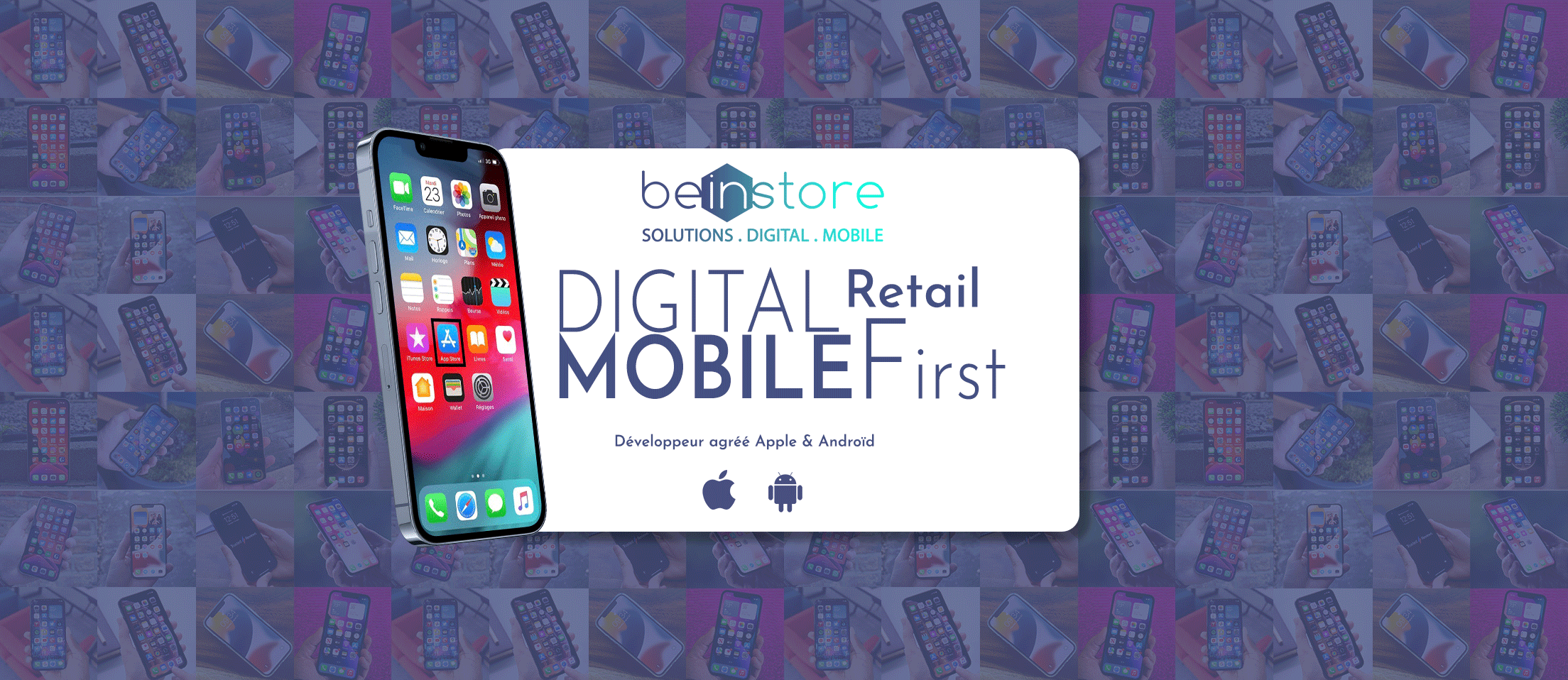There are many digital offers for many markets but retail seems to be particular when it comes to digital. Indeed, in 2016 we face a multiplication of start-up, IT services company, or high-tech providers trying to establish their technologies in stores.
On the other side, communication managers, store’s bosses and marketing departments try to sort out through all these offers that can, according to the providers, « change retail ».
Most of the time, the decision is to do the minimum without taking a real engagement or to not do anything at all due to « bad experiences » that, in the past, have led to poor feed-back or even worse, failure.
The choice of a particular technology is not a distinguishing aspect
In most of cases, that is first the uncertainty of the executive board that represents an obstacle. The lack of interest and willingness from the ones who decide towards these technologies can be explained because of the 2.0 education that these technologies require and also because they are unusual for some. So obviously, the « hastag », « like », « Push notifications », « geofencing », « LIFI » or « WIFI » are not part of the concerns. In fact, these kinds of technologies are not really tangibles regarding to the ROI. Moreover, customers are equipped and educated to technologic uses but their demand is not expressed, it is induced.
We often realize that the cause of failures does not have much relation with the technology that had been chosen. It is more likely that the reason of a failure come from a choice by default due to a lack of ambition, the fear of an engagement, a case of emergency where the company need to hurry, or, due to a bad communication between the salesperson (who can be resistant to new practices because they have a good command of the current system) and the board of directors.
Solutions based on « LIFI », « WIFI”, “ultrasound » or anything else do not guarantee a gain of performance, profitability or customer’s satisfaction on their own. However, setting up the proper implementation process, allocate enough resources and get involvement from the ones who are related to the project can lead to such effects.
Digitize with the « Lean » way by involving in-store staff
As the digitalization is unavoidable nowadays in stores, the digital transition must be considered like a cross-cutting term because it is in each department, each work team that the thought must be driven. To do so, involve salesperson and employees and take their comments into account especially when it comes to purchasing process. It is essential to show them (after some exercising practice) that the technologic tool is meant to simplify their process and enhance their position. In other words, the main purpose is to make them participate in order that the digital transformation become their own.
The « Lean » way is totally appropriate for this purpose. The approach consists of starting with a basic job-oriented solution and then developed by adding extra units so that the solution matches specific needs. While doing it, always keep in mind user experience and purchasing process.
Digitize by focusing user preferences
Digitize does not mean make a copy of « Amazon » in physical store, even though some ideas are obviously good to reuse by adapting web codes to physical stores.
The issue is not to recreate the web customer experience into a store but rather to ensure a digital presence that is complementary to a physical store to seduce the customer. The aim is first to think in terms of user experience and not about staff constraints, as we often see.
The solution must be intuitive and efficient, users have new behaviors and interactivity must be at the center of solutions. However, we observe that digital offers arrive late regarding to the new habits from consumers in retail.
So, how do we take the best of technologies to give stores a new revival ? It seems that stores have to adapt themselves to numeric changes, which is kind of a « Darwin » theory applied to the retail: adapt or disappear.
About the author…
Bertrand BREGEON, CEO & Founder Withapps






